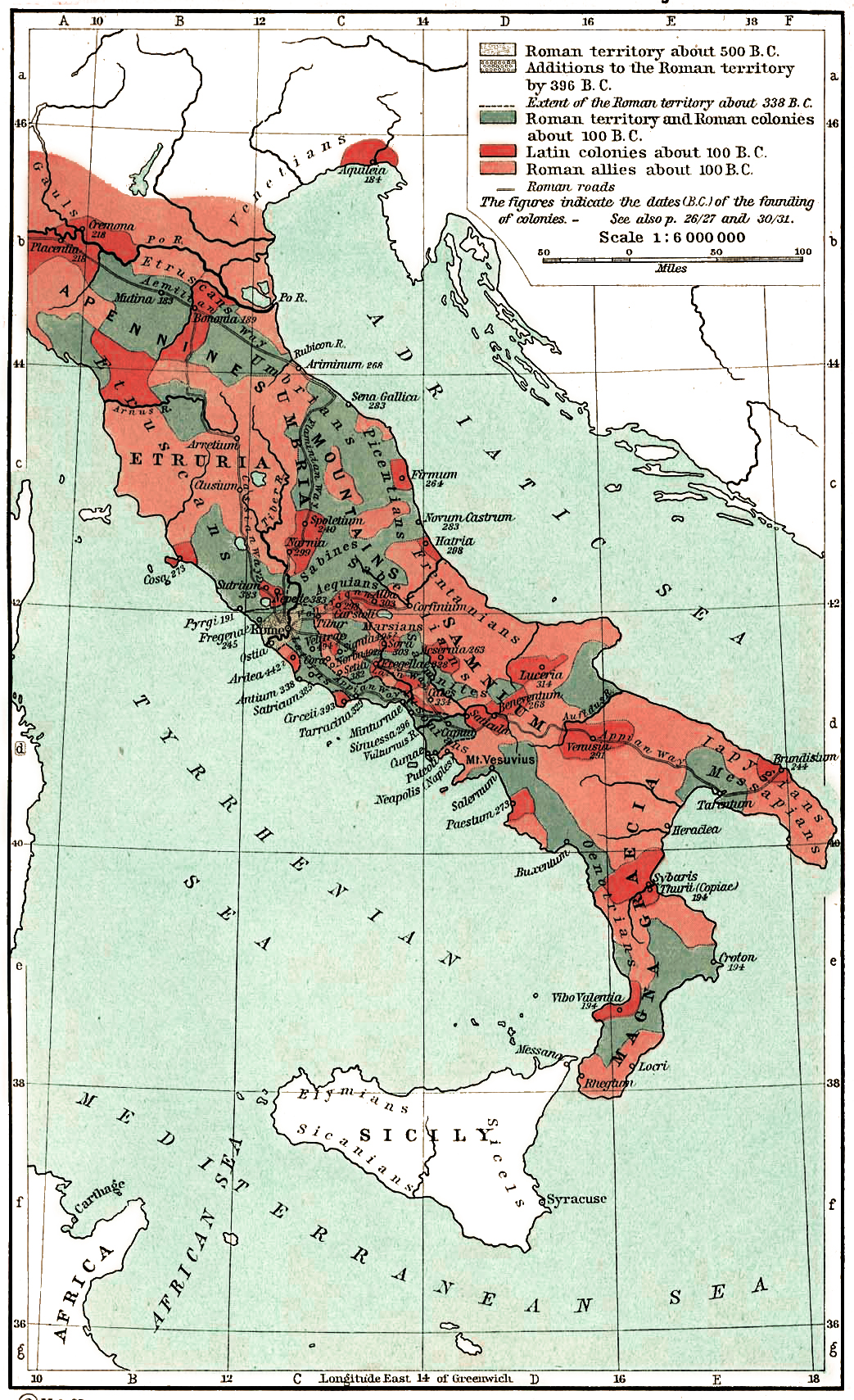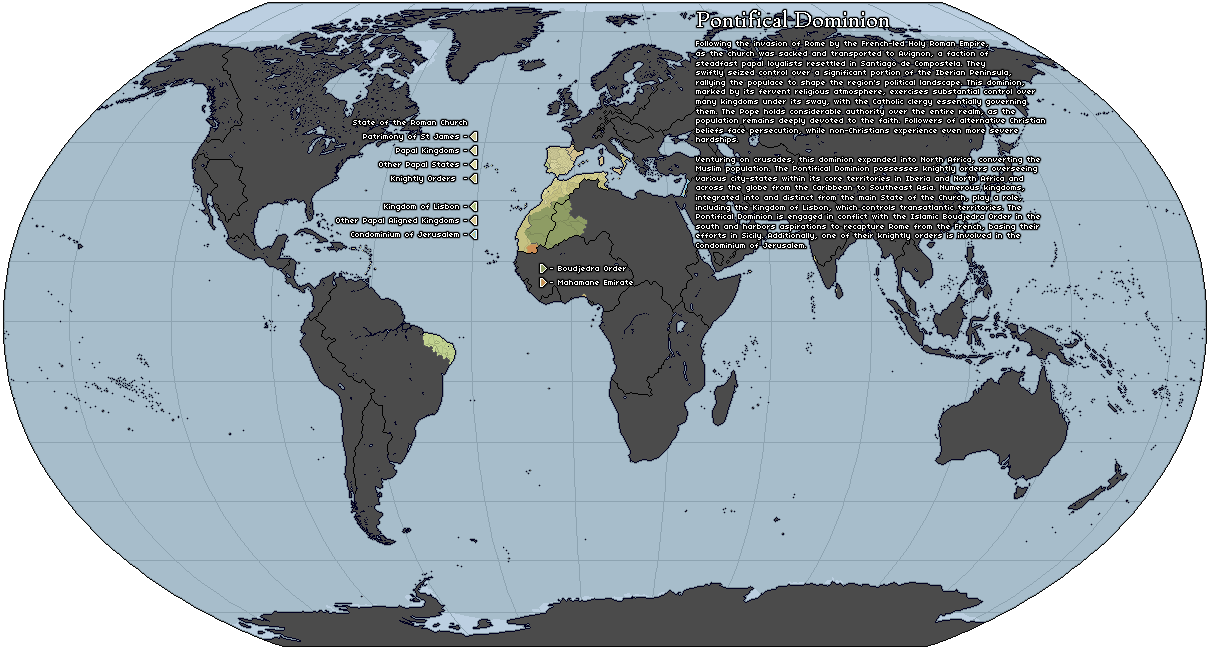Fourth map in my CP victory scenario
"For 200 years the British and the French exploited the generosity of the Turkish people, and through this exploitation the most glorious empire of the Turkish people was almost destroyed, taking her resources and her lands for themselves. But look what they have accomplished with but 40 years of friendship with the German people. From the Berlin-Baghdad railraid, to the battlefield, to the Trans-Mesopotamian pipeline. The turks have reasserted themselves hegemons of Asia and together the Turkish-German friendship will continue for years to come" -Hermann Müller, German Minister of Foreign Affairs, 1935
"The next war will be won by whoever can get the most oil to the frontlines." Albert Speer, Chief architect of the Trans-Mesopotamian Pipeline 1936.
The Rich Man of Asia: Ottoman Empire Reborn
Following the end of the end of the Great War the Ottomans found themselves in not much better of a position than they were before it. Racked with debt and internal strife from all corners of the empire. For all intents and purposes the Ottomans looked to be on the brink of collapse, and as the Habsburg empire collapsed many could see the writing on the wall. However, this would not be the case however narrowly.
In the aftermath of the war The Committee of Union and Progress ruled the empire as a single party state, but as many thousands of young men returned home from the war, many of whom were disaffected by promised reforms of the CUP, as well as poor conditions for workers. General strikes erupted across the country in many industries. On September 1st 1920 The Freedom and Accord Party would be reformed and quickly took up the banner of freedom, promising constitutional reforms, free elections and greater autonomy for minorities within the empire. The FA party would shortly thereafter form a paramilitary group known as the Freedom Army, which saw many thousands of Great War veterans joining up.
Over the next two years the CUP would increasingly crackdown on FA party activities, and these punishments would lead to even more strife within the empire. Gradually the CUP began to lose its hold on the empire.
On July 24th 1922 the FA party led by the Freedom party would launch a coup taking the city of Constantinople. The CUP would be overthrown and disbanded with many of its leaders tried for warcrimes, ostensibly for their role in the Armenian genocide.
In the new government much of the nationalistic policies would be toned down as the Freedom and Action party gradually began to make liberal reforms. A new constitution would be written in 1927 turning The Ottoman Empire into a true liberal constitutional monarchy with, relatively, free elections.
Black Gold:
Prior to the Great War the Turkish Petroleum Company would form. However, the Great War would breakout before any major oil discoveries in the ottoman territories would occur. The TPC would not see themselves gain any concessions until 1925 at the Conference of Ankara when the Turkish government would meet with German, Bulgarian and Austrian investors to discuss concessions to the TPC as well as what to do with the 50% of the company owned by the Anglo-Persian Oil Company as well as the 15% owned by Calouste Gulbenkian, and the 20% owned by the recently dissolved National Bank of Turkey an Armenian businessman by birth but British by citizenship. The slowly reforming Ottoman Empire as well as their German benefactors would not abide even more British dominance of oil in the region, the massively growing Persian oil industry, as well as the already huge Soviet and American industries meant that Mitteleuropa, if it were to be truly dominate would need its own oil empire. Eventually the Ankara conference would decide that TPC would be split as follows: 35% would go to Deutche Bank, 20% to Ottoil (subsidary of the Ottoman bank) 10% to be sold on German market, 10% to be sold on the Austro-Hungarian market, 10% sold on the Ottoman market, 5% on the Bulgarian market and 10% open to foreign investiture. TPC would be granted rights to extract any oil within Ottoman territory (except Bahrain which would not join the Empire until several years later.)
Less than 6 months after the Conference of Ankara the first oil would be discovered in Kirkuk with production beginning in 1927. 4 years later an even larger oil field would be discovered in Al-Ahsa and production would begin there in 1934.
By 1940 the Ottoman Empire would be producing 8.1 metric tons of oil per year, putting it as the 5th largest oil producing country in the world.
The Turkish Petroleum country controls 90% of the oil produced within the Ottoman borders with most of the rest coming from Bahrain where Texaco controls nearly all the oil production.
Ownership of TPC in 1940 is as follows:
37% German-Turkish Petroleum Company (DT-Erdo) subsidiary of Deutche Bank
23% Ottoil
9% Preussag
8% Texaco
6% German-American Petroleum Company
3% Bank of Vienna
3% Esso-Arabia
2% Standard Oil of New Jersey
9% Other





